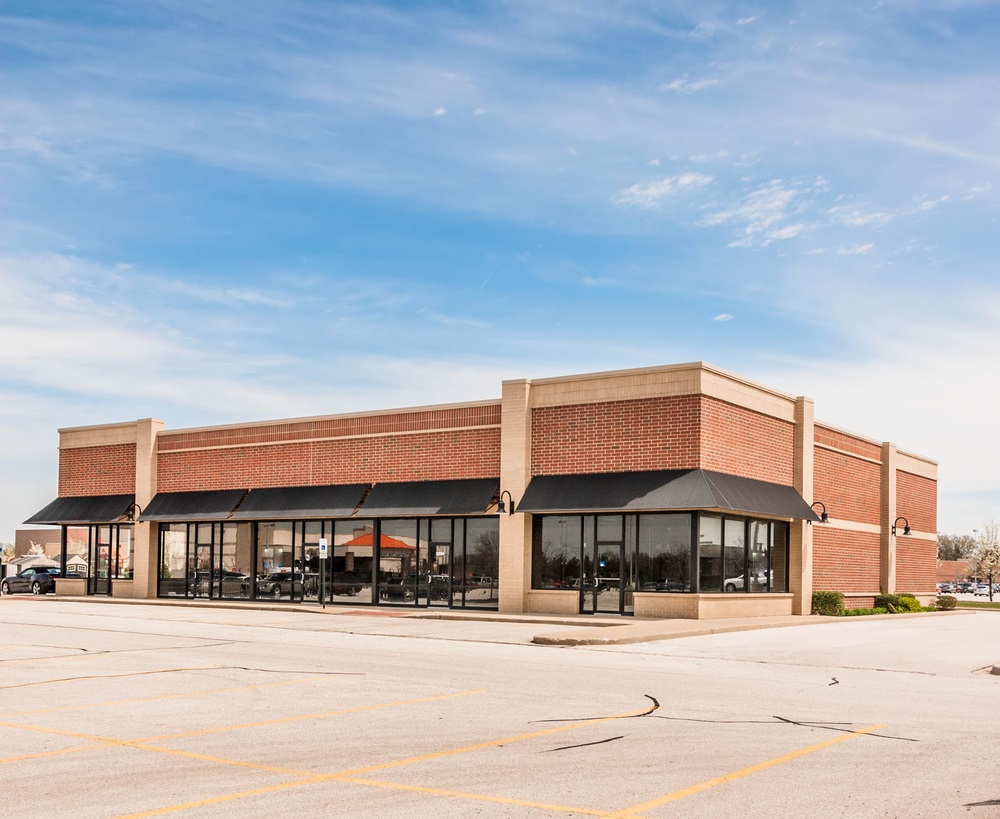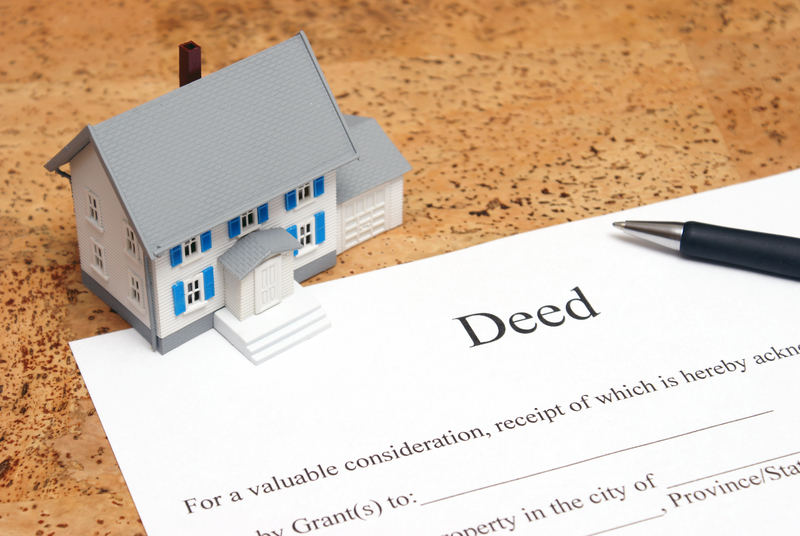The information contained in this post may not reflect the most current developments, as the subject matter is extremely fluid and constantly changing. Please continue to monitor this site for ongoing developments. Readers are also cautioned against taking any action based on information contained herein without first seeking advice from professional legal counsel.
Building Owners Must Have a Plan

Now that office workers are slowly beginning to return to the office – or anticipate doing so in the near future – it is critical for building owners with tenants to have in place a plan to protect the health and safety of workers and employees occupying the building. Owners should first start by visiting the Center for Disease Control’s website, which contains detailed information for creating a safe and healthy workplace. Included in the CDC’s website is further guidance and information with respect to best practices on re-openings from the Building Owner’s and Manager’s Association (BOMA).
Owners and employers should also check the New Jersey COVID-19 Information Hub, which contains additional re-opening guidance, timelines, and general information pertaining to the re-opening of the state.
Insurance Policies and Coverage
Initially, owners should meet with their insurance agents or brokers to review their policies and coverage to assess their exposure to any potential claims relating to any claims made arising out of exposure to COVID-19.
Safety Plans for Building Owners
After gathering the necessary information from the CDC and state websites, the next step is to create a safety plan. For owners, this entails inspecting the building to ensure that it is ready for occupancy. Owners will want to:
- Ensure that there are no concerns regarding mold growth, rodent infestation, or stagnant water systems that can crop up after a building has been dormant for a period of time
- Inspect all water systems to minimize the risk of Legionnaire’s Disease
- Ensure that the building’s ventilation systems are operating properly
Owners should document each of the foregoing steps in the event a question ever arises as to the operability and safety of the building’s systems.
Owners should also place limitations on the number of people who may use an elevator at any one time. In addition, floor markings should be used to reinforce social distancing requirements. Owners should also install signs and placards at the building’s entranceways outlining the requirements for an individual to enter the building, i.e., masking, quarantine requirements, social distancing, and mitigation requirements. The CDC has free posters available for downloading and printing and may be translated into different languages.
Tenant Responsibilities and Obligations
Lastly, and equally as important, owners should communicate with their tenants about their responsibilities and obligations within their leased premises as pertains to social distancing, PPE, work hours, illness monitoring, and temperature taking. Owners will also want to communicate to their tenants what notification and cleaning procedures will be implemented if a positive COVID-19 case is detected. Tenants should also understand their responsibilities for cleaning and disinfecting procedures that may exceed the standard cleaning requirements outlined in their leases.
For owners, the key to protecting oneself from pandemic related claims is documentation, having a written plan, communicating that plan clearly, and then executing it.




